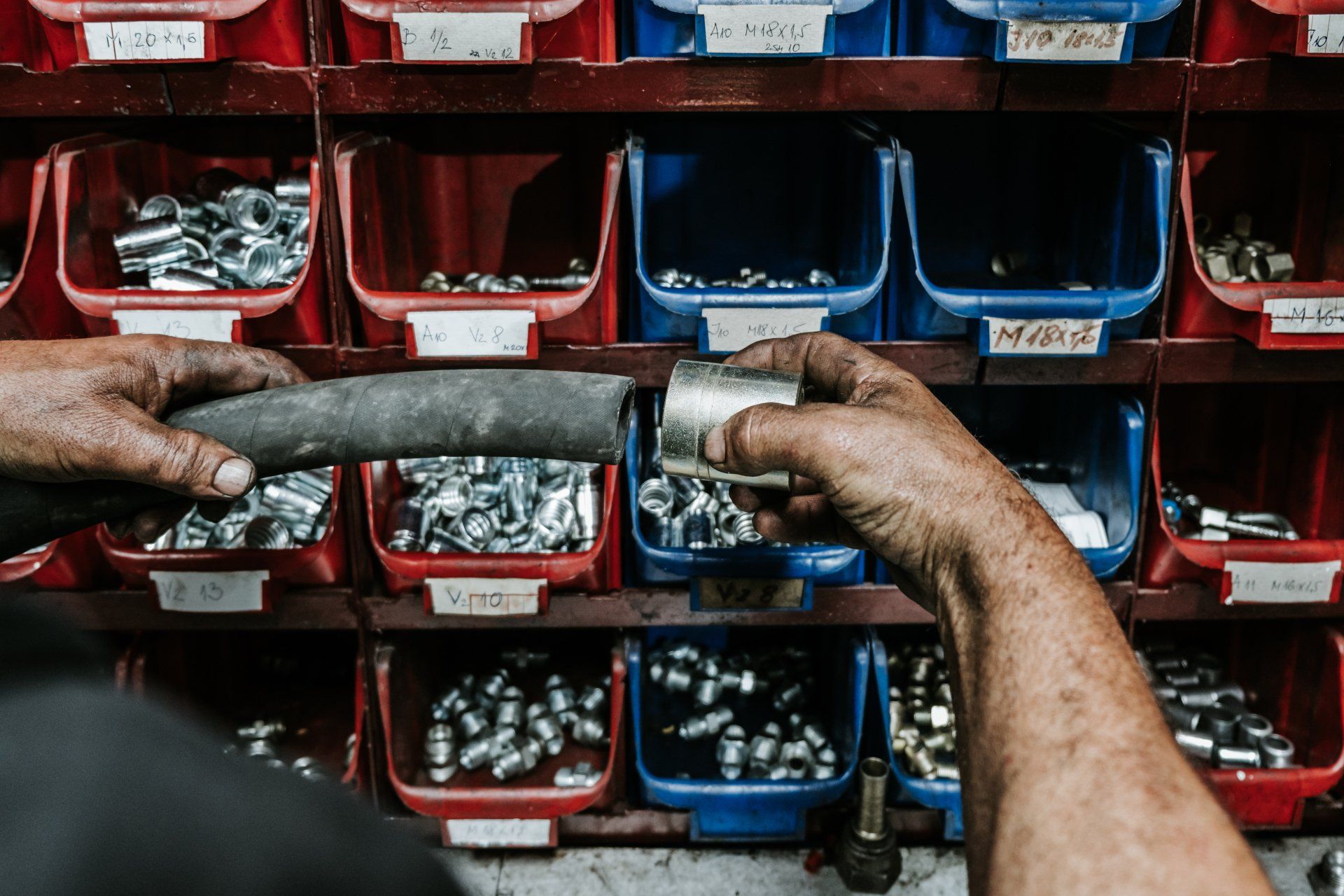Appropriate Winter PPE
Personal protective equipment protects workers against exposure to the perils that lead to serious worksite injuries. In extreme temperatures, personal protective equipment that adds optimum insulation and resistance to cold temperatures will safeguard employees over and above the typical hazards of the job, meaning extra equipment specifically geared to warding off winter’s chill.
It is ultimately the responsibility of the management and supervisors to ensure that workers get the proper and appropriate PPE. They are obligated to incorporate any extra measures necessary into their health and safety protocols and procedures. These additional steps also ensure that the worksite meets construction insurance coverage requirements.
Warm Hands Work Better
Accidents happen on the job when hands become numb with cold. Insulated work gloves guard against frostbite and keep hands warm and limber during cold winter work. There are multiple styles and levels of protection to choose from depending on the needs of the worker. Depending on the demands of the job, gloves can become worn out quickly and will need replacing to ensure the continued safety of the employee.
Footwear to Ward Off Frostbite
Frostbite in extremities like toes can happen within minutes, especially when standing in slush, ice, or snow. Repercussions from frostbite can include gangrene, long-term numbness, or permanent loss of sensation. Protect feet against the harsh winter elements by choosing waterproof work boots of high quality. Weather resilient footwear should include insulating felt lining, rubber treads with leather upper for durability, and removable insoles.
Keep a Warm Head
Hard hats protect against everything except the cold. Incorporate cold weather liners purpose-built for hard hats to protect not only the head but also keep the neck and ears warm. Balaclavas made from flannel or knits work well in severely cold temperatures, and the addition of a hood will give added protection against wet and windy weather conditions.
The Eyes Have It
On a winter worksite, eyes can receive short-term and long-term damage from several factors. These can include snow blindness from overexposure to UV rays, wind chill, and construction debris. Road salt and sand will also harm eyes when blown around on a windy day. Workers need to protect their eyes by wearing polarized safety glasses with foam sealing and anti-fog protection.
Dressing For Warmth
Wearing multiple layers allows workers to adapt to changeable weather conditions that fluctuate rapidly from dry to damp and mild to frigid. Start with an initial layer made from material that will draw sweat away and keep skin drier, followed by a middle layer of wool, wool blend, or fleece that will provide warmth against the cold. A final layer of nylon or similar textile will block the wind.
In extreme weather conditions or working outdoors for extended periods, a waterproof anti-exposure work suit provides supplementary protection against hypothermia.
When it comes to personal safety on a construction site during the harsh winter months, having reliable and appropriate PPE is vital to keeping healthy and remaining safe against the added hazards of the season. Ensure that workers receive the necessary protection against the elements by contacting Action Supply Inc., suppliers of high-quality workplace PPE since 1983.





